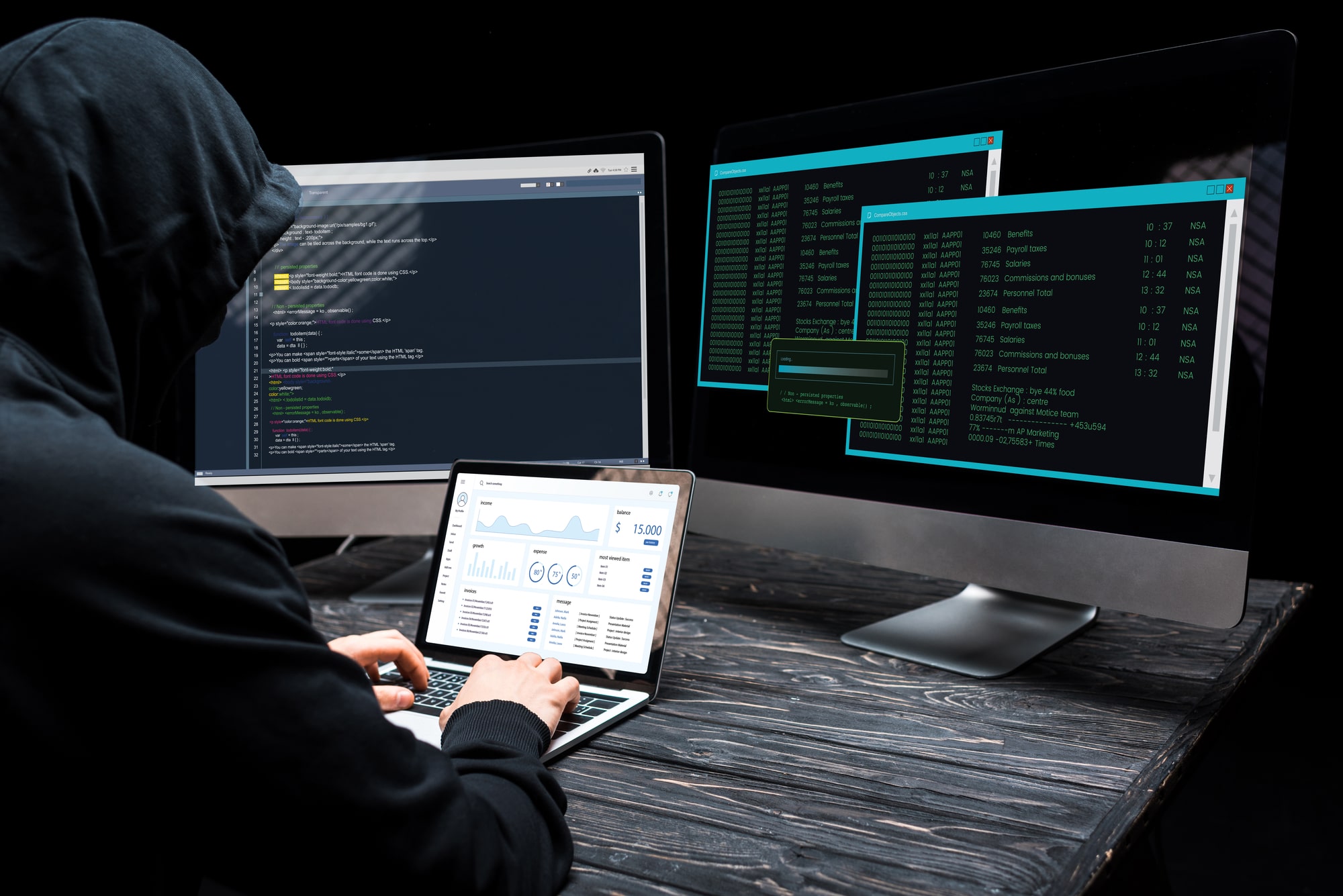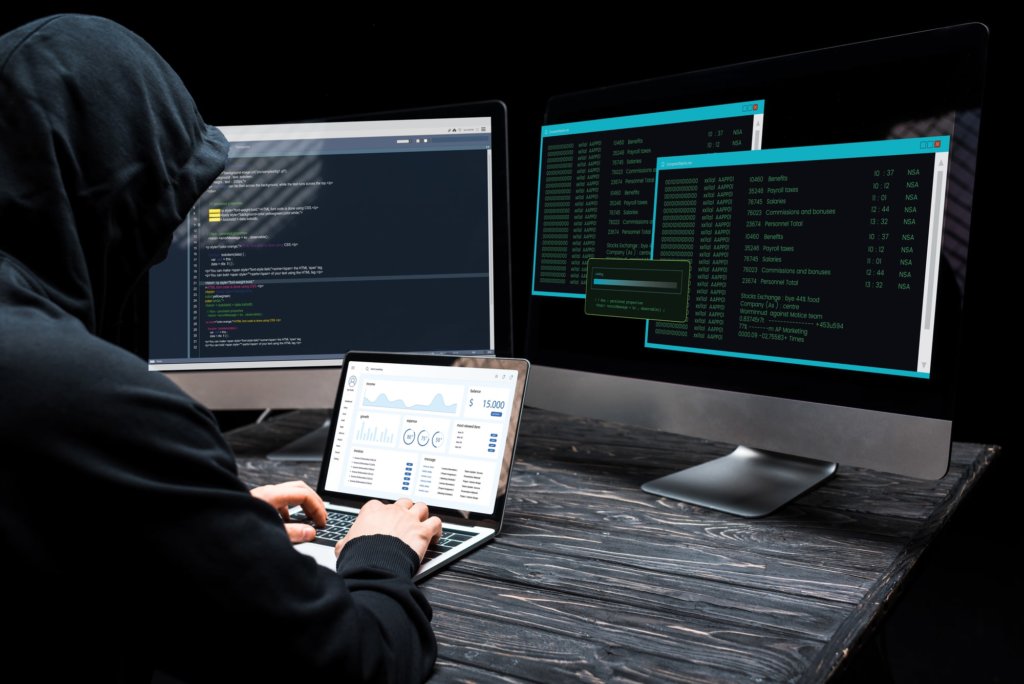
Ransomware attacks on various businesses have become increasingly common.
In 2021 alone, ransomware attacks increased by 105% worldwide. Given the constant evolution of the cyber threat landscape, that percentage could increase over time.
Moreover, the attack on the Colonial Pipeline in the US, causing the largest American fuel pipeline to shut down for five days, revealed just how disruptive and dangerous these attacks can be.
As the activities of cyber criminals and the attack vectors they use become more complex, law enforcement agencies across the globe have not been able to contain and control this growing trend of ransomware attacks on businesses and other entities.
Besides the pause in productivity, your company could:
- Lose clients
- Face legal ramifications
- Endure financial damage
- Suffer reputational damage
- Temporarily or permanently lose sensitive data
That’s why having a clear response plan for how your company should handle ransomware attacks is not only a best practice but also essential. In this article, we’ll discuss how to prepare for a cyber attack and strategies for handling and preventing them.
What are Ransomware Attacks?
Ransomware is malicious software that infiltrates and damages a computer system. This type of malware is frequently spread through attack vectors such as phishing emails with unsafe attachments. Ransomware is also spread when a user unwittingly enters an infected website. The malware is often downloaded and installed without the user knowing.
The attackers then attempt to extort money from the victim as ransom. This ransom note often appears in the form of an on-screen alert. The message tells you if your systems have been locked or if any files have been encrypted and finishes by stating the amount to be paid to recover access.
Furthermore, while your company is deciding to pay or not, attackers may send additional messages threatening to release sensitive data to the public.
| Interested in learning more about how to prevent ransomware attacks? Check out these blogs: |
What are the Signs of a Ransomware Attack?
Common signs that your system may be affected by ransomware attacks include:
- Your operating system is slow or it crashes
- Receiving a pop-up demanding a ransom payment
- Getting locked out of accessing files and applications
- Your files and / or folders are encrypted and / or renamed
How Should Your Company Handle Ransomware Attacks?
Paying the ransom does not guarantee you will receive a decryption key or recover your files. In fact, a ransom payment could cause cyber attackers to target your company or clients again.
By following these best practices, you can reduce the likelihood of a successful attack and lower the recovery costs.
1. Disconnect Internal and External Devices
This includes:
- WiFi
- Servers
- Ethernet cables
- Network adapters
- External hard drives
- USB drives or memory sticks
- Any connected mobile devices (phones, tablets, cameras, etc.)
You can prevent the spread of malware and further losses by isolating the threat. This will also allow you to take a step back, and reduce panic and anxiety, so the response team can analyze how your company should handle the ransomware attack.
This step could be considered a race against the spread of the malware, so your incident response plan should include drills to rehearse this process.
2. Verify the Security of Your Backups
Recovering from a ransomware attack is simple if company data backups are up-to-date and secure. This assessment should be done off-site and offline. Even if you are not able to decrypt the files, you ensure you will be able to restore your data once your company has handled the attack.
3. Report the Data Breach to Your Stakeholders
In the event of ransomware attacks, hiding an attack can lead to long-term damage to your company’s reputation. It can also result in mistrust from the public.
When you notify affected parties immediately, they can implement their own measures to secure their networks. Additionally, by informing employees, suppliers, service providers, and customers, you might obtain outside insight for the crisis.
4. Reformat, Reinstall, and Restore
Sometimes, your company should handle a ransomware attack by completely reformatting hard drives and deleting all files to ensure the malware is removed completely. Afterward, reinstall your operating system and restore your files from your updated backups.
5. Report the Incident to Law Enforcement Agencies
Part of the incident response plan on how your company should handle ransomware attacks should include how to contact the authorities if necessary because:
- Reporting will allow authorities to find the attackers
- You can help protect other businesses from similar attacks
- Digital forensic experts can help recover and / or decrypt affected files
- Authorities can connect you to experts to determine how the incident occurred
How Can Your Company Prevent Ransomware Attacks?
Now that you understand how your company should handle a ransomware attack, you should also have a plan that focuses on how to prepare for a cyber attack.
Just like verifying the security of your backups, it’s also important to constantly review common network vulnerabilities and threats. By identifying these vulnerabilities, you can patch them and prevent future attacks.
Training your employees on email security best practices is also a necessary part of preventing cyberattacks, especially to protect your company from phishing. By teaching the individual to protect themselves, your company will go a long way to prevent ransomware.
Finally, researching and reviewing different insurance companies and their data breach insurance offerings is an important aspect of how your company should handle a ransomware attack.
Preparation and cybersecurity readiness with the support of an expert cybersecurity firm will help reduce risk to your company and make you better prepared to deal with the unthinkable.
How Should My Company Handle a Ransomware Attack?
Learn the best methods for preventing ransomware attacks with Power Consulting.
How Your Company Can Handle a Ransomware Attack With Power Consulting
Cybersecurity is a growing concern for businesses of all sizes. No organization is immune to a data breach, which is why knowing how your company should handle a ransomware attack is critical.
The best way to prevent ransomware attacks is to work with a trustworthy cybersecurity service provider that follows rigorous standards and can help you protect your data and your business.
Since 1991, Power Consulting has helped businesses in New York City and beyond develop and implement security strategies and tools that actively ward off cyber threats while keeping sensitive company data safe.
Our cybersecurity experts and response team can help you create an incident response plan that will show you how to prepare for a cyber attack, and the actions to be followed should one occur.
We offer protection against the latest attack vectors, in addition to system continuity, backup and data recovery, and 24/7 monitoring services.
Focus on running your business and reaching your goals while we keep cyber attackers at bay. Contact us today for more information on how we can help your company handle a ransomware attack.



